#naturalists
Explore tagged Tumblr posts
Text
Game: see how far you can get into any given Tumblr post about "naturalists" before being forced to draw any firm conclusions regarding whether the post is talking about wildlife scientists or nudists.
823 notes
·
View notes
Photo
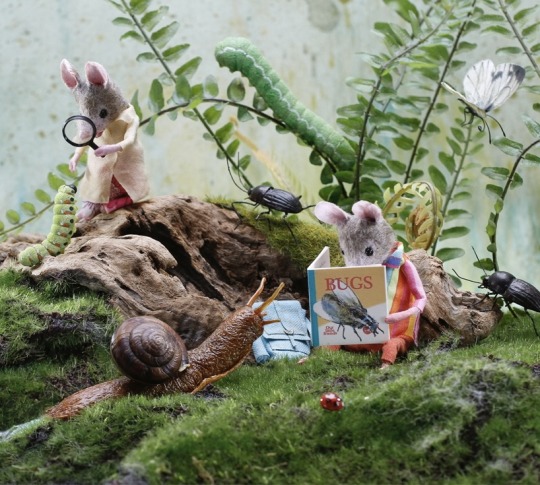
Naturalists.
This little diorama will be living at the wonderful Green Bean Books in Portland for a few months. It’s in the science section!
1K notes
·
View notes
Text
Short story time, about a reason I love doing what I do, in particular the science/naturalist aspect!
I spotted an unfamiliar ant a few weeks back (which isn't an entirely rare occurrence as I don't know ants well) here in Florida, got a few pics, moved on. After posting to iNat, it turns out it is kind of a rare one, though they couldn't be sure from my pics which of two species it was. So I went back to the site, found another, and got species confirmed: Temnothorax bradleyi, an acorn ant species which nests in pines. So that was fun on its own!
But here's the part that makes things extra rewarding for me: Finding a thing, then learning from a scientist about a related rarer thing and where to look for it, and then finding that as well. The scientist on iNaturalist who positively identified T. bradleyi gave a piece of information that helped confirm the species: T. bradleyi nests in *living* pines (where I found them), and the other similar-looking species, T. smithi, nests in *standing dead* pines.
So I had a new quest. I went searching a location in Florida which seemed like a likely habitat with many dead/burnt out pines, and found T. smithi!
There does not seem to have been any photographs of either species alive before mine, according to the scientist, so that's also cool to do!
The part where I learn about a thing by finding it, then get a whole other tiny world opened up, with creatures I've either overlooked or not encountered at all, will never get old to me. It's so damn fun, and rewarding. So many creatures to find, so many who've only had their moment in an obscure scientific paper seen by almost no one - maybe never even seen alive; now getting their own page with pictures on iNaturalist or wherever else... 🥹
It just makes me happy. That is all. ❤️
So here's Temnothorax bradleyi, which nests on living pines:
(diagnostic feature visible in the studio shot: the short rear-facing spines on the back of the thorax)

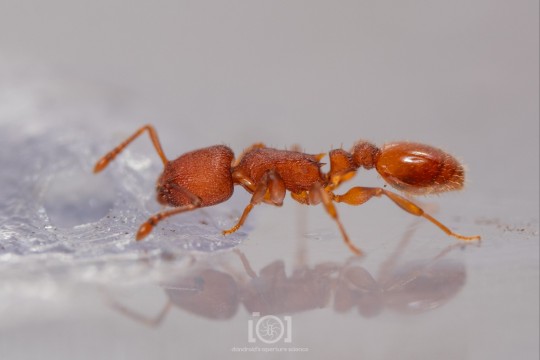
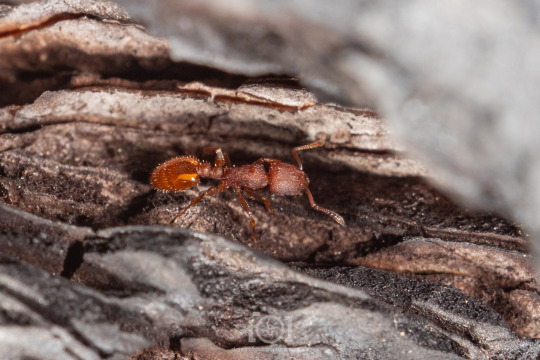
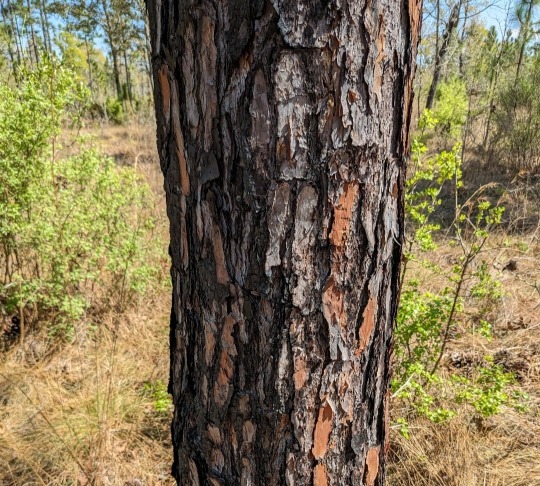
And here is Temnothorax smithi:
(the thorax spines are longer in this species, visible in the studio shots)
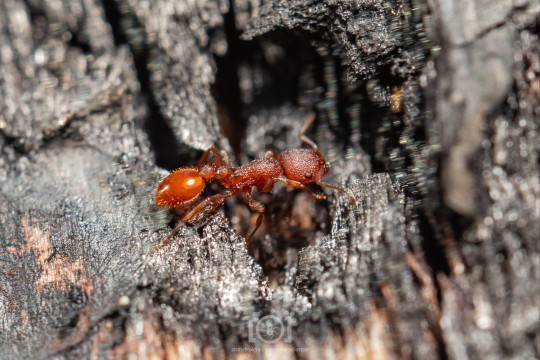
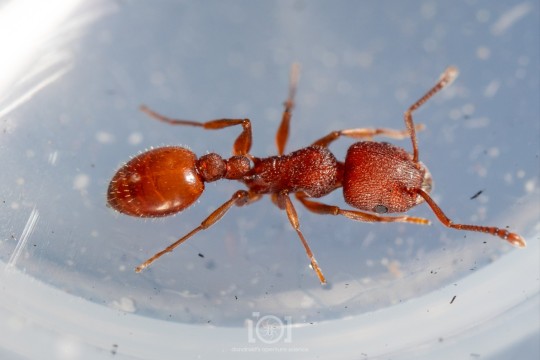
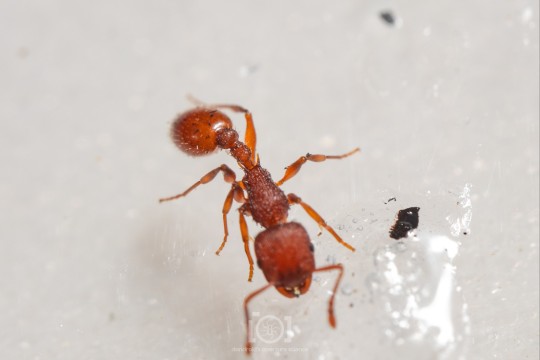
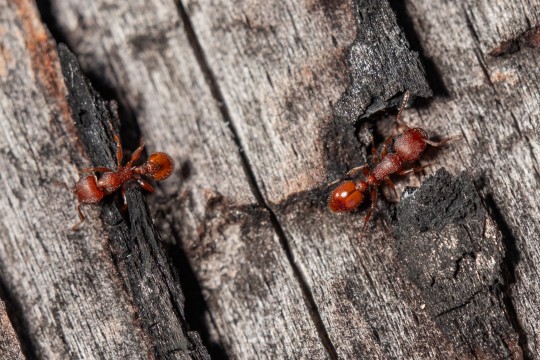
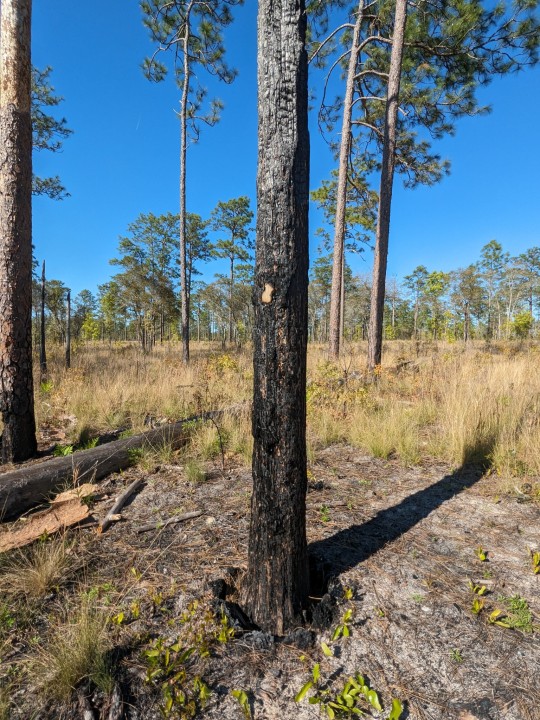
159 notes
·
View notes
Text
An ant we know little about, Cataglyphis lutea

Cataglyphis lutea (UAE and parts of India) is a desert dwelling ant, the photos of this ant on iNaturalist caught my eye, since, like Leptomyrmex erythrocephalus (the Spider Ant of Australia), this these little ants fold their gasters over their mesonoma.
Very little is known about Cataglyphis lutea, shockingly little. I can't even find a mention of gaster folding in any of the brief descriptions of this ant.
*This* is why descriptions are not enough.
Yes we have identified thousands of species of ants, but for many all that means in a single dry sample in a museum drawer and five or six sentences describing the ant. We know nothing of the ants behavior, their interactions with other ants and arthropods, their role in the environment.


Leptomyrmex erythrocephalus, is called the "spider ant" but it's not even clear if this ant is trying to mimic a spider, or mimic anything at all. As for what C. lutea is doing? These are her mysteries.
(photos by Jonghyn Park and TimL)
I was able to find a paper about the genus Cataglyphis that uses some serious geometry to make the case that raising their gaster may improve mobility. But, this paper did not cover ants that fold the gaster all the way over as these ants do.

#Cataglyphis lutea#Leptomyrmex erythrocephalus#Leptomyrmex#Cataglyphis#gaster folding#ants#ant posting#antblr#myrmecology#bugblr#insects#invertebrates#ant#naturalists#inaturalist#spider ant#spider ants#species#endangered species
57 notes
·
View notes
Text
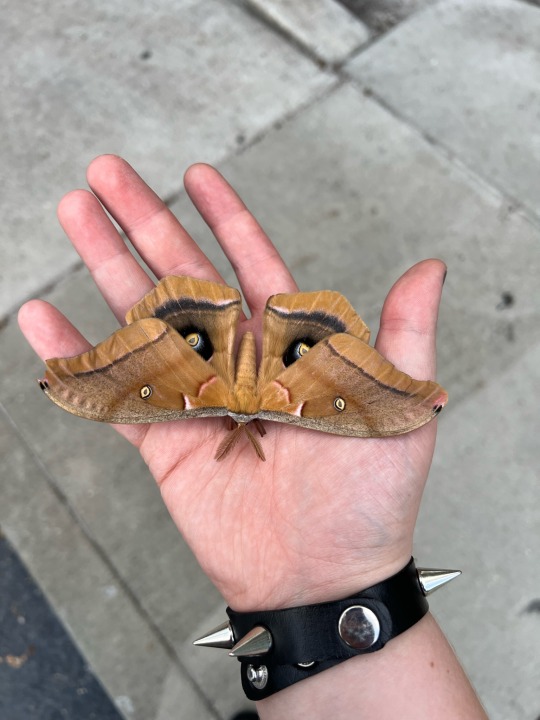
saw this handsome gentleman a few days ago. it was a really cool experience as i've wanted to spot this species for a while.
polyphemus moth Antheraea polyphemus
tampa, fl
august 2023
#florida#nature#naturalists#photography#florida wildlife#adventure#nature photography#bugblr#tumblr bugs#cool bugs#moths#moths are cute#silk moths#saturniidae#lepidoptera#entomology#butterflies
41 notes
·
View notes
Text
#naturalists#naturalist#biology#biologist#science#scientific names#latin names#marine biology#entomology#botany#herpetology#ichthyology#mycology#microbiology#ornithology#mammalogy#arachnology#ecology#ecologist
5 notes
·
View notes
Text

3 notes
·
View notes
Text










17.07.24 - Young Darwin Scholarship Day 3
Today there was a heavy focus on marine life. The majority of the day was spent at Plymouth with the Ocean Conservation Trust.
1-2. Possibly my highlight of the visit to the National Marine Aquarium was meeting Rodger the Common Octopus (Octopus vulgaris). I’ve written about the Common Octopus so much at school and university but this was my first time seeing one in the flesh and it was a special moment for me.
3-4. The other two most in-focus photos I took at the aquarium. A beautiful little jellyfish and a clown fish. I don’t know the specific species of either. I wish I’d thought to take photos of the signs - I did for other creatures so I don’t know why I didn’t for these two. Maybe it was because I was a bit overwhelmed in the aquarium and may not have been thinking clearly. It’s a brilliant independent aquarium that prioritises the welfare of the animals, conservation and research, it was exciting to see so many amazing creatures and I thoroughly recommend visiting it, but lots of spaces were crowded and noisy and had strange lighting which I personally found hard to deal with.
5. After a tour of the aquarium and a talk on conservation work, plankton and dichotomous keys we went on a boat trip round Plymouth Sound. We did some plankton trawling and looked at the findings under a microscope. There were a few zooplankton but also sadly, microplastics. Plankton levels are increasing around the UK, particularly phytoplankton, due to climate change which is drawing more whales to our coast lines to feed than before, hence why whale sightings are going up. Plankton is a significant indicator of environmental conditions and has an important role in food chains so recording their presence is important. The definition of plankton is anything that cannot swim freely against the current and can cover organisms of various sizes. Zooplankton are divided into Holoplankton which remain as plankton for their entire lives, and Meroplankton which live as plankton only at certain stages of their life cycle.
6-8. On the boat trip we also pulled up three Edible Crabs (Cancer pagurus) using smoky bacon as bait (apparently it specifically has to be smoky bacon). There was one male (picture 7) and two females (one of which is in picture 8). Their sexes are determined by the shape of the undersides of their exoskeletons. The prominence of the female’s features suggest she may be carrying eggs. We were hoping to see Cetaceans and Seals from the boat but alas no. Nature is unpredictable.
9. Bittersweet Nightshade (Solanum dolcamara) spotted on the way to the beach and bridge to look for otters again.
10. No otters were spotted but there was a parade of 22 Canada Geese! I also saw my first ever (live) Kingfisher!!!
Today was hard going again, I can’t lie. I came close to sitting things out but I really wanted to try and keep up. I am sick of the constant battle between pain, fatigue and sensory overload and the desire to see, learn and experience things. Thankfully the people I am with have been so accommodating and helpful and it was a good day over all. Another highlight was hearing lots of nice folk music on the way back from Plymouth that I am glad to have been made aware of (one of the scholars is Scottish and a cèilidh musician and had a playlist).
#personal#not-so-daily positives#scholarship#natural history#naturalists#photos#wildlife conservation
3 notes
·
View notes
Text
Another cool new Project Gutenberg book just dropped!
2 notes
·
View notes
Quote
Far from justifying their underlying presuppositions, naturalists illegitimately rest their scientific operation on Christian theistic principles.
Greg L. Bahnsen
5 notes
·
View notes
Text
HELLO I WOULD LIKE TO TEACH YOU ABOUT AN ICONIC MAN NAMED CHARLES WATERTON BUT HE IS ALSO KNOWN AS
THE SQUIRE
(TW: very old taxidermy effigy of a human made of a monkey's ass)
He was born June 3rd 1782, he was an English naturalist
He claimed to have punched a boa constrictor in the face and ridden a crocodile.
He was known to hide under his dinner table in order to bite his guest's legs
He even taxidermied a howler monkey's ass to look like his tax collector's face for trying to tax him for his exotic specimen (it was actually quite a good taxidermy for what it was ngl)
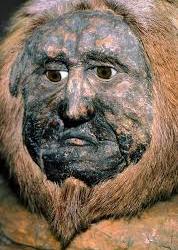
When another naturalist, John J Audubon, suggested (albeit, wrongly, but that wasn't discovered for another hundred years) that vultures do not use scent to detect food, The Squire proceeded to wage war. He spent five years sending letters with the same energy as a controversial Twitter thread about Audubon and vultures' noses to the natural history magazine, after the nineteenth they stopped publishing his letters. He proceeded to publish the later letters himself.
He became leader of a group known as the Nosarians. Meanwhile, Audubon became the leader of a group known as the Anti-Nosarians.
Some excerpts of his letters: "Pitiful indeed is the lot of the American Vulture! His nose is declared useless in procuring food, at the same time his eyesight is proved lamentably defective." "I am now quite prepared to receive accounts from Charleston of vultures attacking every shoulder of mutton sign, or attempting to gobble down the painted sausages over the shop doors"
(p.s. please check out The Unexpected Truth About Animals by Lucy Cooke, it's so funny but also so interesting and I love it so much)
#how was the 1800s real#zoology#naturalists#Charles Waterton#he was right though#vultures do smell#just they probably dont smell much better than us#and it's only some species#victorians#vultures
10 notes
·
View notes
Text
I once almost got hit by a car at night because I was trying to follow a juvenile opossum.
Naturalists have got to be one of the groups of people most susceptible to being tricked by the fae. Travellers these days are much less likely to follow a mysterious light or the smell of roast beef into the forest. Meanwhile, find me a naturalist who would not completely lose themself in pursuit of:
An unidentifiable bird call
A butterfly that's slightly off-color
An opossum with its head stuck in a yogurt tub
A really big woodpecker
77K notes
·
View notes
Text

this guy came so close to me!!
monarch butteryfly Danaus plexippus
sarasota, florida
april 2023
#florida#nature#naturalists#photography#florida wildlife#adventure#hippie#nature photography#hippyvibes#bugblr#bugs#entomology#plants#tumblr bugs#cool bugs#lepidoptera#lepidopterist#butterfly
7 notes
·
View notes
Text

this image came to me in a dream
#here you go cathartes!#inaturalist#naturalist#nature#ecology#zoology#biology#wildlife#hawk tourism#they're called chickenhawks cuz they dont eat pork send post
16K notes
·
View notes
Text
18.07.24
I’m currently on a week long course in Devon focused on ecology and wildlife conservation. It’s been fantastic. There have been difficulties on the health side of things but the course staff and the other scholars have been so accommodating and accepting it’s been wonderful. The other scholars didn’t seem to bat an eyelid over the fact that I am here with my dad because of needing extra support. And despite him telling them about my issues and situation (which I was initially annoyed about) they have continued to treat me as one of them and have been really nice.
Yesterday I was in so much pain and so tired when we were on a boat trip. One of them gave up their seat for me. I was torn between the part of my brain telling me to keep standing and endure it and the part that desperately wanted to sit down. The part that wanted to sit down won. Maybe it is a good thing, it helped. I hate being in a position where people give up their seats for me but I’m grateful.
It’s so nice to spend a week away from my usual life stuck in urban areas and medical settings and also to be immersed in nature and talk to people about natural history when I am usually surrounded by people who aren’t interested or who I’d go as far as describing as nature-phobic.
I have posted more about each day of the course with pictures on other platforms as I wanted to document things and got out of the habit of journaling a long time ago (and I can’t spontaneously add photos to a journal). I didn’t think to put them on here as this tends to be the place I reserve for things I don’t feel I can share with people in real life. However if anyone is interested I can put those up here too.
#not-so-daily positives#personal#disability acceptance#positives#nice people#naturalists#disability#mental illness#mental health#autism#autistic#chronic pain
5 notes
·
View notes